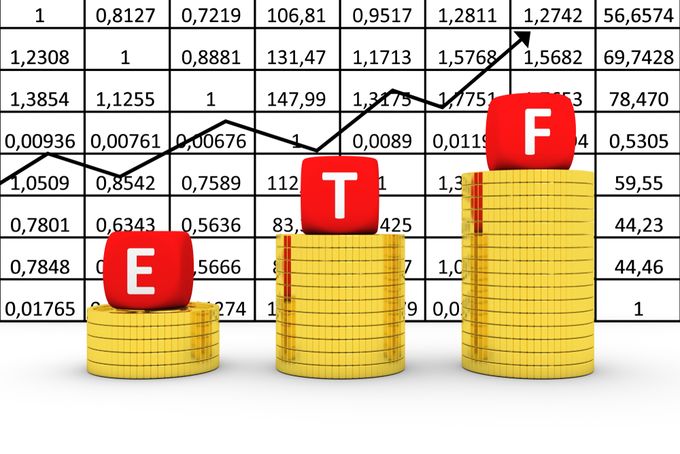How to Identify Good Long-Term ETFs to Invest In
Published May 19, 2021

While ETFs are a safe choice for many investors and traders, there are almost too many options to choose from. To start choosing good long-term ETFs, you need to narrow down the selection. On US exchanges, there are over 2,000 listed ETFs on US exchanges, so it can be challenging to choose the right one.
Identifying a long-term ETF
When identifying a good long-term ETF, you should first look at its fund size. While it may not be universally true, large fund-size ETFs usually have higher liquidity and lower costs. Obviously, it would help if you look for an ETF with consistent growth, so ensure that you have enough historical data to back up your choice.
Consider your age, risk factor, and budget
Once you narrow down your selection a bit, you need to customize your investment plan on a couple of factors. Depending on your age, you need to adequately adjust your portfolio's volatility. If you're younger, you have the possibility of risking more, as you probably won't be saving for retirement soon.
If you're younger and you ready to risk some of your savings, it's best if you focus on growth-oriented stocks. More precisely, you can make large-cap US stocks and ETFs the core of your investment portfolio. S&P 500 and IEMG are good choices for this group, as you can withstand the volatility.
On the other hand, middle-aged investors should go with medium-risk options. There are some good long-term IT-oriented ETFs specifically for this, like iShares Global and VGT. This way, your portfolio is still relatively diverse but not as volatile as some growth-oriented ETFs.
Investors entering retirement should look for a steady income source and low risk. A good dividend ETF, like the SCHD or VIG, is an excellent choice for a steady income stream.
Conclusion
While there's plenty of factors to consider when buying a good long-term ETF, fund size, historical data, and share price are usually enough for a decision.





